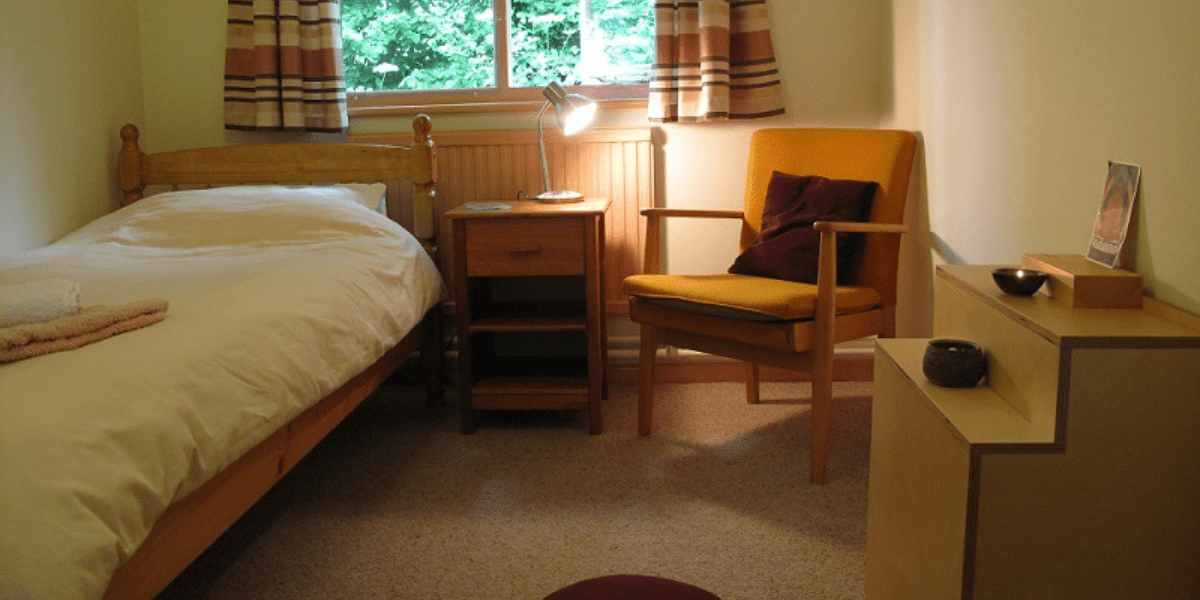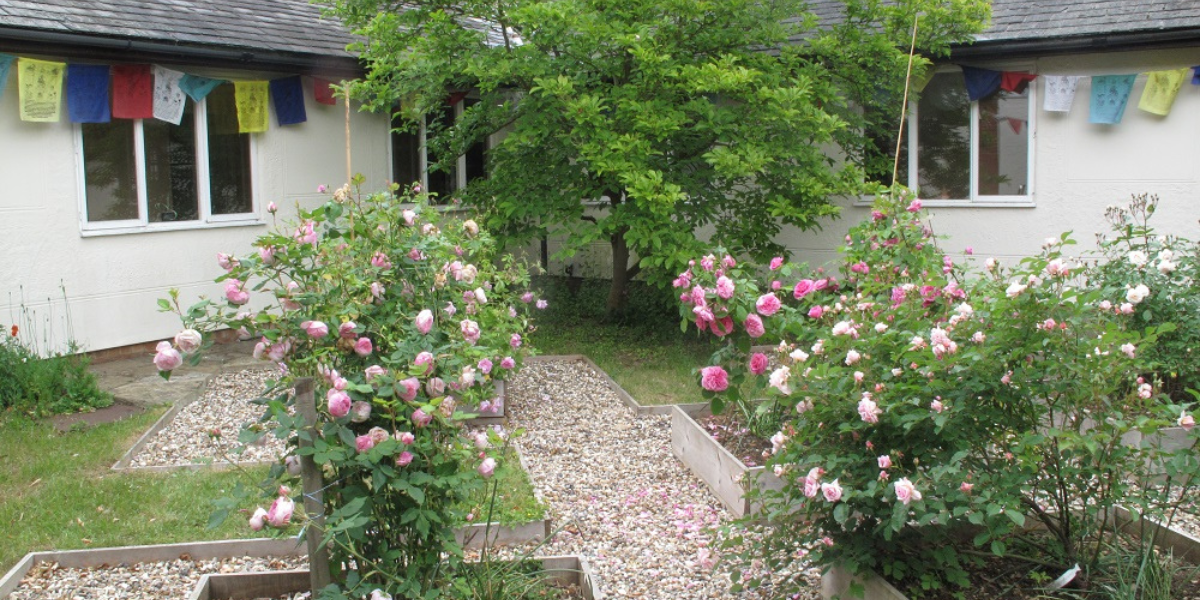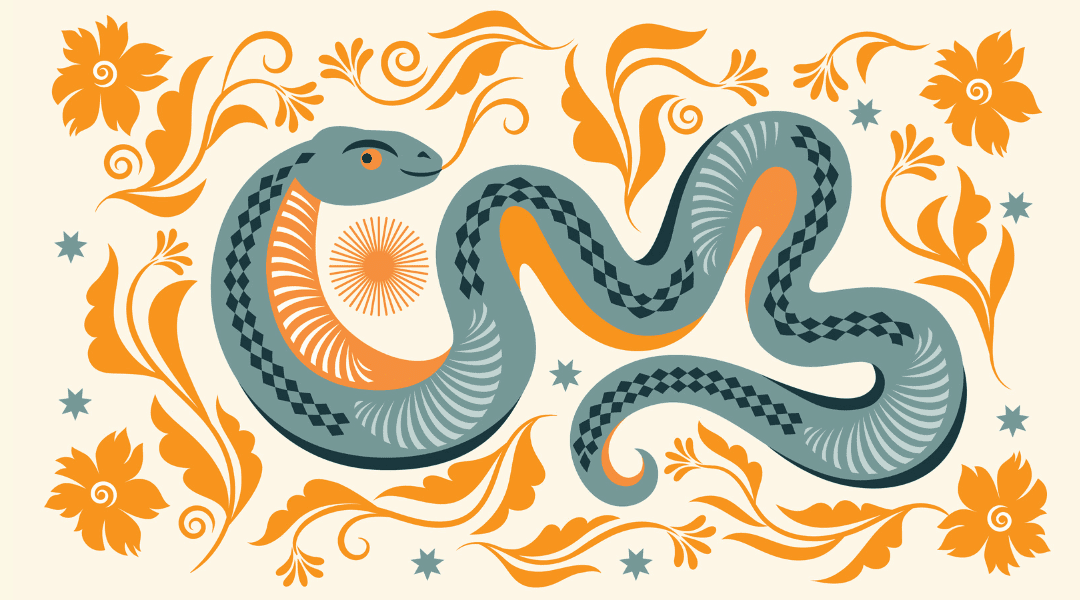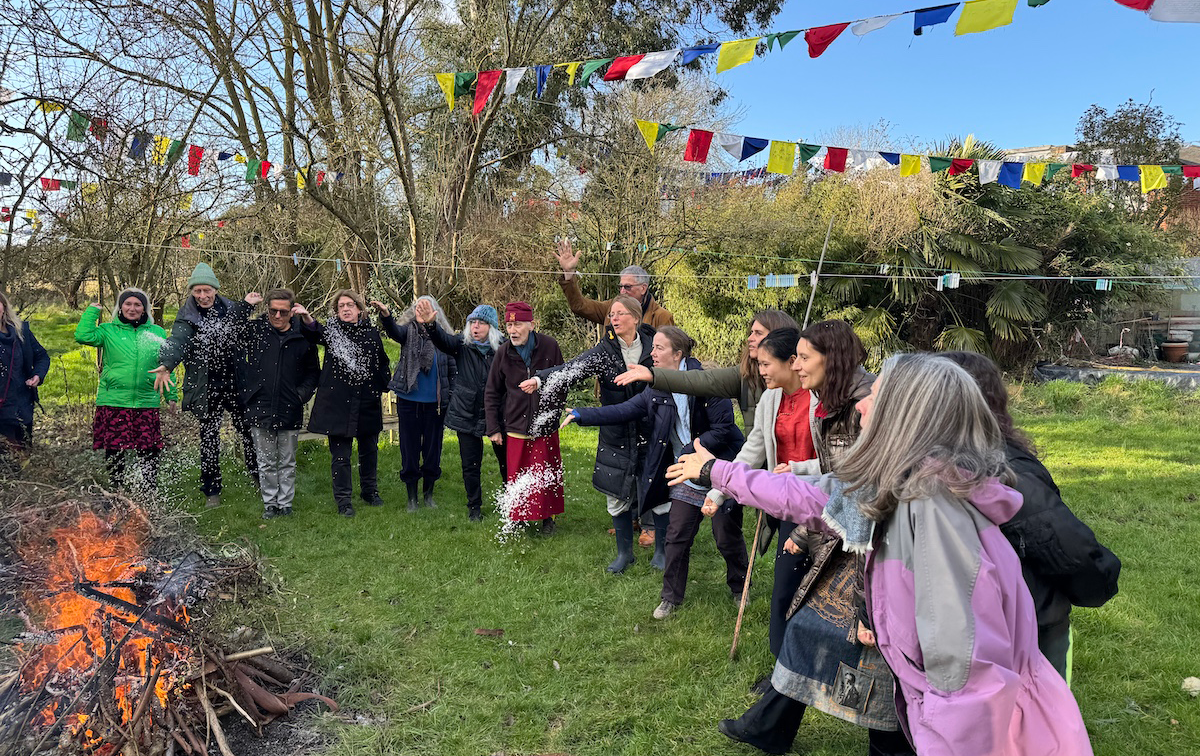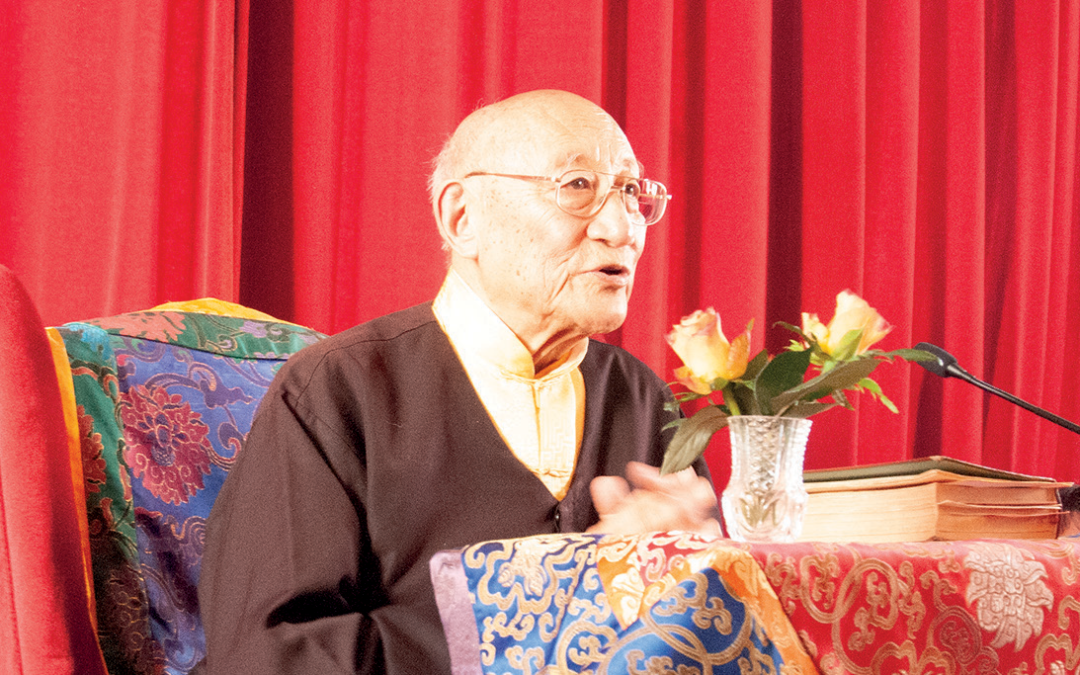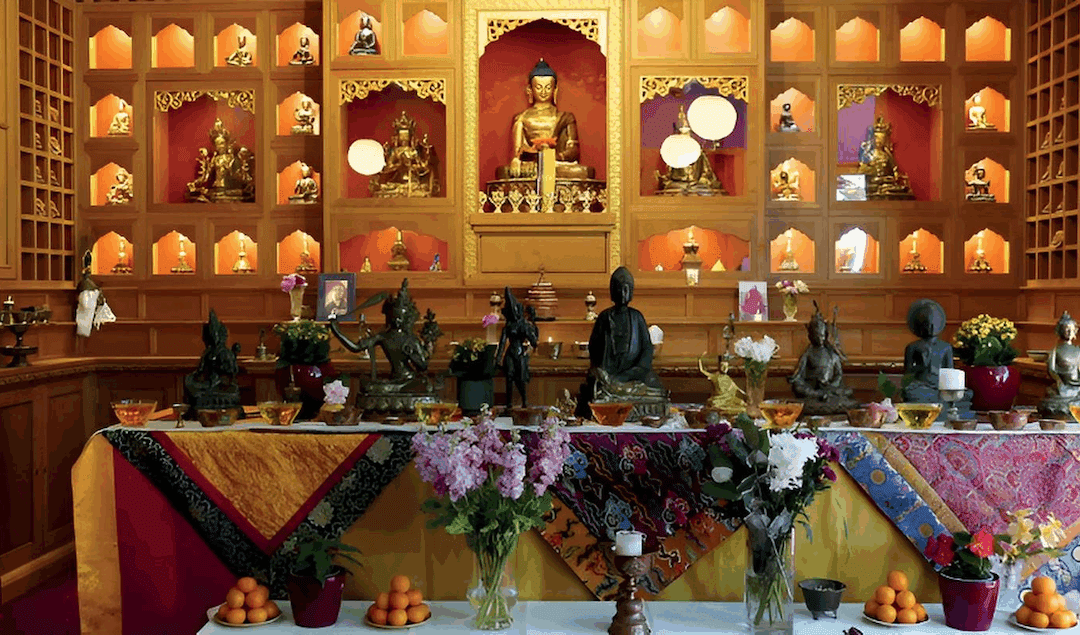
Marpa House Retreat Fund Scheme
Making Retreat Possible for Everyone
Next Application Window January 2026
We want to help secure the centre’s future as a place of practice and spiritual growth accessible to everyone.
Retreat at Marpa House is a wonderful experience – an opportunity to settle the mind and deepen our spiritual practice. It is not easy for everyone to finance a retreat, and we are very keen that money should not be an obstacle to doing a retreat at Marpa House.
To help people undertake retreat, the trustees are launching a Marpa House Retreat Fund Scheme, which will pay the retreat fees of those suffering financial hardship or on very low incomes.
Anyone who wants to sponsor others doing a retreat is very welcome to donate to the funds available for the retreat scheme. If you wish to donate to the scheme, please contact trustees@marpahouse.org.uk
Funds from the scheme can be used to pay for either full or semi-retreat days. People are very welcome to pay for part of their retreat using funds from the scheme and part from their own funds. All information provided in applications will be treated confidentially. Each successful applicant will be entitled to a maximum of 7 retreat days, paid for by the scheme.
To be eligible for the scheme, you must be able to demonstrate that you satisfy one of the following criteria:
- You are in financial circumstances, meaning it would be unreasonable to pay to do a retreat at Marpa House
- You are a full-time student
- You receive means-tested benefits
- You are volunteering as long-term staff at Marpa House.
The Scheme will allocate 50 full retreat days per year, marking the 50th anniversary. Applications can be made only during two application windows each twelve-month period. The next application window will be:
10:00 am on 1st January 2026 to 10:00 am on 31st January 2026
No applications submitted before 10:00 a.m. on 1st January will be considered. Late applications may be considered at the complete discretion of the trustees. Please be advised that the timing of the application windows in future years is likely to change.
All applications will be determined on a strictly first-come, first-served basis; however, the Marpa House trustees reserve the right to grant a different number of retreat days than those applied for.
You can access the full retreat rules and application forms via the buttons below.
